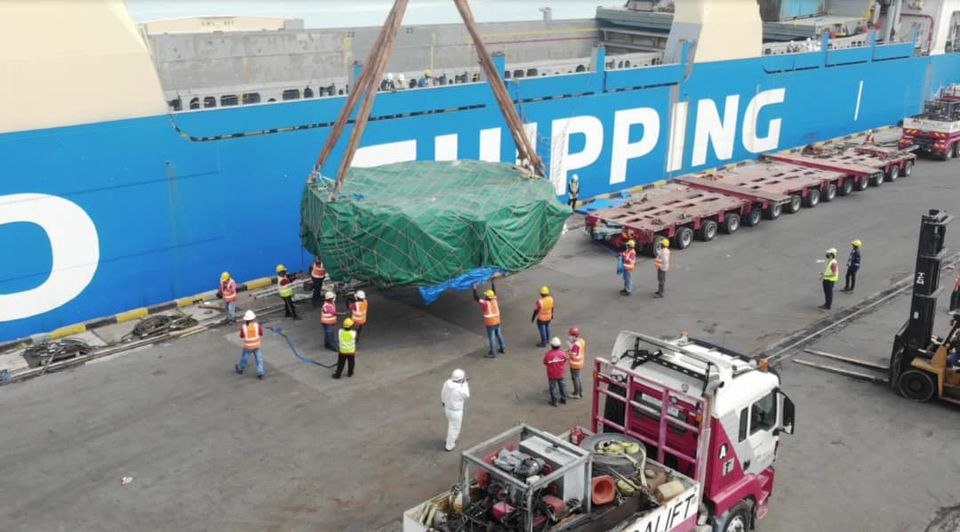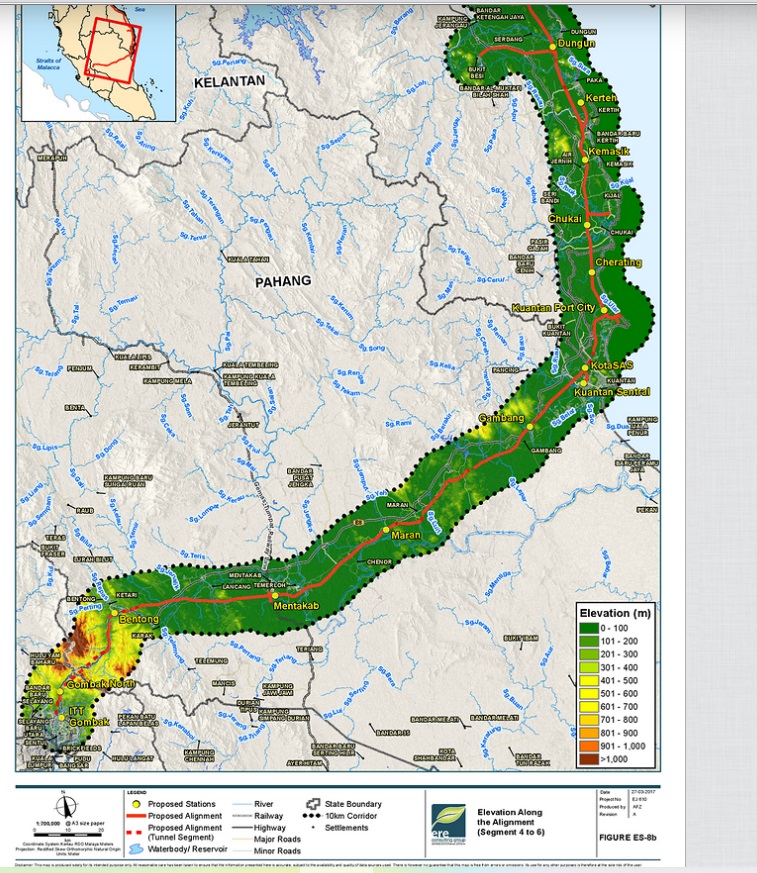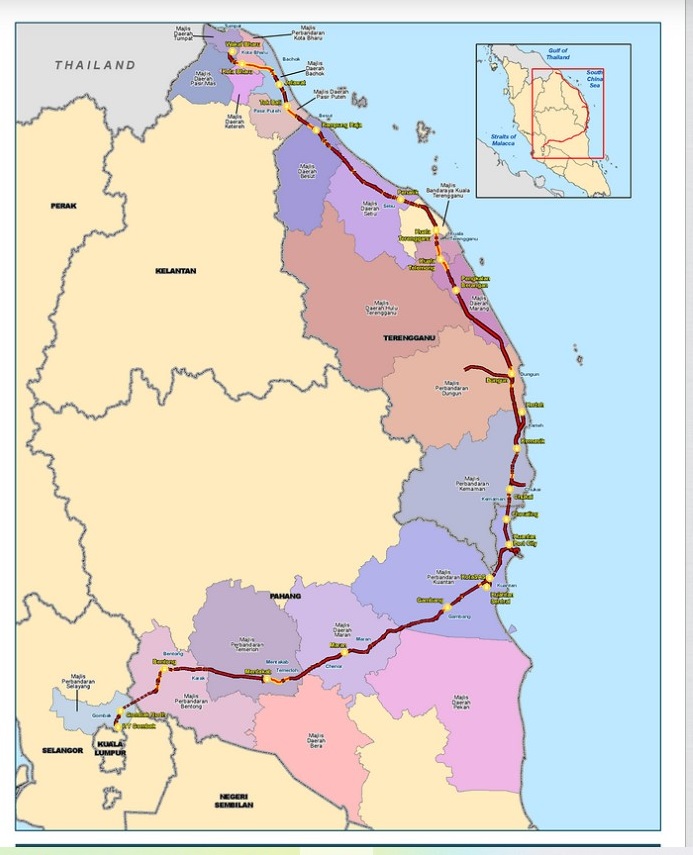
SUBANG JAYA, July 12 – As disheartening it is that a total of 357 hectares of permanent forest will be cleared to make way for the East Coast Rail Link (ECRL), and that it is something that should have been avoided at all cost, it will be of utmost importance now that the project is carried out with transparency and assurance that the highest consideration and care will be given to environment, says naturalist Andrew Sebastian.

There cannot be any rehabilitation for the lost permanent forest, and its loss will come back to hit in some ways, but for now rehabilitation of the surrounding areas should at least be assured, and this would be mean that the project is monitored by independent parties to ensure that all mitigation plans as set under the Environmental Impact Assessment is followed through, he said.
Excavation works for the ECRL is expected to take off in a few months time, Transport Minister Datuk Seri Dr Wee Ka Siong announced following the arrival of the first of the two tunnel boring machines from China earlier this week.
“I hope that the excavation works can begin smoothly as soon as possible for the ECRL’s Section C portion after the TBMs are reassembled at the main contractor’s project site in Bentong, Pahang, ” he said in his Facebook post on Friday (July 9).
While noting the project’s potential importance, Andrew said it cannot be denied that there will be massive environmental issues in reality, and hence it is important that construction processes are properly monitored and must adhere to all the provisions made in the Environmental Impact Assessment report. The damages ahead for natural resources cannot be denied, he said.
“There should be the minimising of potential soil erosion during hill cutting for tunneling as there will be short and long term flooding as well as issues of water quality in the affected states particularly in the low-lying areas,” he said.
Andrew also said a major downside of the project will be the fragmentation of forest.
“Many of these areas in Pahang and Terengganu are also home to a lot of wildlife population and hence adequate wildlife costing should be monitored. Experts must be engaged in a transparent manner to independently monitor and manage the rehabilitation process,” he said.
The government must ensure that the developers adhere to all the mitigation provisions put under the EIA to ensure high standards of care and diligence are given to all the processes taken.
These would include the engagement of independent auditors, NGOs to monitor the project at every phase.
“We urge for transparency and urge the project developers to rehabilitate in totality the areas that are going to be affected with their own funds and not tax payers money,” Andrew said.

To be built at an estimated cost of RM50 billion, the electrified rail network will link the East Coast states of Kelantan Terengganu, and Pahang with the Greater Klang Valley. It is expected to play a major role in the transportation of goods from Port Klang to the East Coast and vice versa while providing a faster line for travel between the east and west coast states. It is also expected to spur development along the towns it will traverse.
The ECRL project is owned by Malaysia Rail Link Sdn Bhd (MRLSB) and the main contractor is China Communications Construction Co Ltd (CCCC)
In April this year, The Star reported Wee saying that the (ECRL) realignment to its original Northern Alignment would not encroach the Batu Dam area, which is one of the main dam that supplies water to the people of Selangor and Klang Valley.
The Northern Alignment had been designed to minimise environmental impact, he said, reiterating that the Gombak Quartz Ridge, which has been established as a United Nations Educational, Scientific and Cultural Organisation (Unesco) Heritage Site, will not be affected.
Among the forest reserves that will be involved in the tunnel works are the Ulu Gombak, Templer, Serendah and Rantau Panjang forest reserves.
Wee had said that the project’s Environmental Impact Assessment report for the Northern Alignment was approved by the Department of Environment in 2018, with its validity extended in March 2020, enabling the ministry to track potential impacts of the environment at the project planning and design stages.
On the social impact, Wee said 4,302 lots of land is expected to be acquired under the Northern Alignment, lower than the Southern Alignment’s 6,038 lots.
“The lesser plots of land that needs to be acquired, the less compensation that needs to be paid by the government to the land owners.
“This will also reduce the inconvenience that may be faced by the land and property owners involved for the purpose of the ECRL project,” he added.
Wee also said only two Orang Asli areas may be directly affected under the Northern Alignment, as compared to seven under the Southern Alignment.
Similarly, the Northern Alignment would only involve and affect two Malay reserve land areas in Gombak and Rantau Panjang.
“On the contrary, the Southern Alignment if implemented would involve and affect at least three areas, namely the Malay reserve land in Beranang, Jenderam and Dengkil.”
-WE